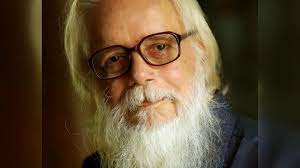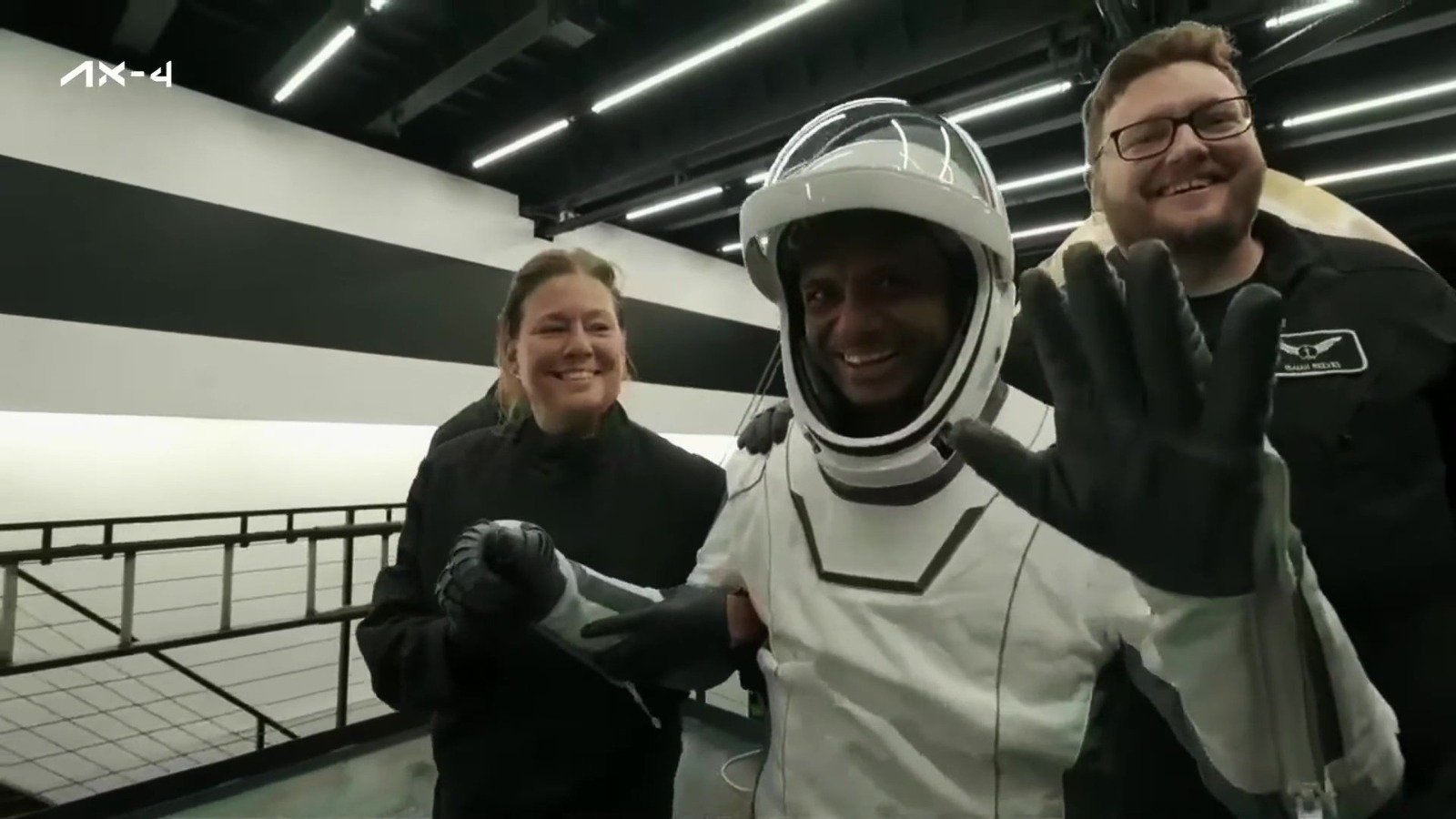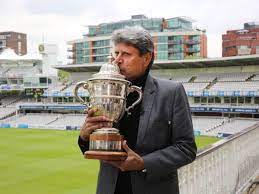Majority of journalists at Thiruvananthapuram who covered the case just knew local politics and had little expertise in covering complex subjects; forget rocket science and could have been easily misled. For example, to justify their vitriolic attack on Nambi Narayanan, they used to attack him personally and question his professional achievements. It was ironic those who wrote volumes on Nambi Narayanan didn’t knew it was a team led by Nambi Narayanan that developed the workhorse Vikas Engine, India’s most prestigious rocket engine
In 1994, when the Kerala Police dragged India’s top space scientists including the ISRO’s cryogenic division head Nambi Narayanan into a case which they had charged against two Maldivian nationals for overstaying, and overplayed it by slapping espionage charges on them, the credulous Kerala media lent all-out support to the police.
Despite the police failing to produce any incriminating evidence against the accused, the media, except Asianet News, refused to ask questions and danced to the official tunes. They sensationalised it as ISRO (Indian Space Research Organisation) Spy Case and splashed stories on the front page, giving scant regard to the principles of fair reporting. They also helped the police and the intelligence bureau (IB) officers – who are equally complicit in the case – to hoodwink the public and build narratives in their favour. Meantime, the media was also misused by a section of Congress leaders to kick up a political storm to topple the then chief minister and their rival faction leader K. Karunakaran.
The role of the media, which sensationalised the case and whipped up frenzy against the scientists on the facade of threat to national security, has neither been discussed nor put under the scanner. This is when many leading journalists, who were in the loop when media covered the ISRO scam in mid 1990s, feel there was an organised effort from the investigating agencies and their mysterious patrons to mislead the media
Now, more than a quarter-century later, the officers of the Kerala Police and the IB who wrongly implicated the innocent scientists in the fake ISRO Spy Case have met their nemesis. Following a Supreme Court directive, the CBI has filed a charge sheet against 18 officials of the IB and the Kerala Police at a Thiruvananthapuram court. The accused will be questioned to find the conspiracy in the case and could be arrested in the coming days. Karma has also caught up with the wily politicians of the Congress Kerala unit. They misused the case against K Karunakaran.
However, the role of the media, which sensationalised the case and whipped up frenzy against the scientists on the facade of threat to national security, has neither been discussed nor put under the scanner. This is when many leading journalists, who were in the loop when media covered the ISRO scam in mid 1990s, feel there was an organised effort from the investigating agencies and their mysterious patrons to mislead the media.
Credulous Media
The arbitrary nature of media reports in the ISRO spy case was first pointed out by the then ISRO chairman K. Kasturirangan just after it was registered. At a press conference in Thiruvananthapuram, he pointed out that many of the stories are fabricated. Many others pointed out that a large number of reports, like the salacious descriptions of Mariam Rashida’s escapades, were actually scandalous statements and whopping lies.
Majority of journalists at Thiruvananthapuram who covered the case just knew local politics and had little expertise in covering complex subjects; they forget rocket science and could have been easily misled. For example, to justify their vitriolic attack on Nambi Narayanan, they used to attack him personally and question his professional achievements. It was ironic those who wrote volumes on Nambi Narayanan didn’t knew it was a team led by Nambi Narayanan that developed the workhorse Vikas Engine, India’s most prestigious rocket engine.
Role of intelligence agencies
But beyond their ignorance, the media could have been driven by vested interests too. It was heard on the grapevine that the investigating agencies used to entertain journalists at a specially set up facility near Thiruvananthapuram Medical College. Apart from IB officials, an official from the Research and Analysis Wing (RAW) used to meet journalists personally at that time and pressurize them to publish stories implicating the scientists of spying. He was later forced to resign.
Some of the journalists were reportedly taken to Maldives with the support of investigating agencies, arguably for collecting information. A few of them were given records which were presumed as Mariam Rashida’s dairy. It had names of high-security zones in India visited by Rashida and references to individuals who she contacted. However, the journalists weren’t given any proof to confirm that the writings matched Rashida’s handwriting or her meetings with top scientists were part of an espionage mission. Interestingly the journalists never asked for proof and gulped whatever the security agencies fed them.
Though the leading Malayalam daily Malayala Manorama is often accused of sensationalising the case, some lesser known Malayalam Yellow Press broke the story and sensationalised it first. Later the mainstream media took it up. Tinfoil hat conspiracy theorists then appeared on the scene claiming that the accused had tried to transfer to another country the cryogenic technology which India hadn’t developed then or received from any other country. While some asserted that the accused were working on behalf of South Korea, others blamed Pakistan. But, they didn’t have any proof to validate.
Several media managements acted intriguingly during the period. When a leading Malayalam daily posted a new bureau chief at Thiruvananthapuram to report the case, his original Christian name was changed through due process to sound Hindu. A junior reporter who was in charge of court beat at the time in Malayalam daily recounts that his senior used to interpolate untruths in his stories on the spy case.
A few of the journalists made slanderous allegations against the former Prime Minister P V Narasimha Rao and his son for allegedly sabotaging the police and IB investigations. When Rao came to Thiruvananthapuram during the period, many journalists concluded that his visit was to influence the investigating agencies. Those journalists had no answer to the question why a Prime Minister should come to Kerala to influence a case when he could have done it from Delhi. Later the ISRO spy case was handed over to the CBI, which exonerated the accused in 1996, and the Supreme Court of India confirmed the accused not guilty in 1998—following that the media changed tack.
It was an India Today team led by Shekhar Gupta, which reported the other side of the story the first time. The report called the bluff of the official version and bared the inconsistencies in the narrative of the investigating agencies. Later, almost all the media outlets that blamed ISRO scientists for spying competed to prove their innocence. Hundreds of stories have been published till now to prove how charges were fabricated against innocent people.
The media jumped the gun initially, then swallowed its own words. However, no media has done an honest introspection or owned up the mistakes they committed, if any. Had they done so, the Kerala media could have taken a big step to improve their accountability and establish their credibility beyond doubt.











